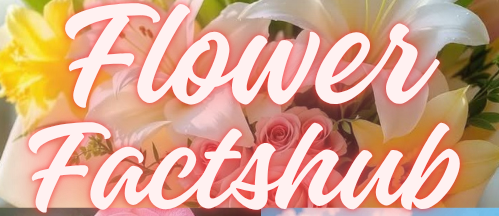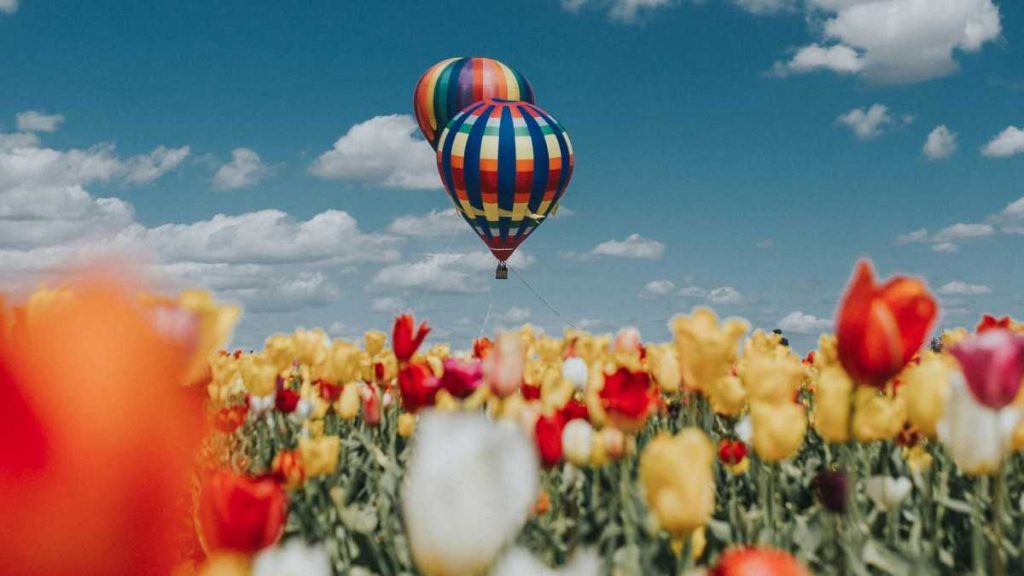Flowers have always had a special place in our hearts whether they represent love, beauty, or even nostalgia. But did you know that each state in the U.S. has its own official state flower? These blooms are often tied to the state’s history, climate, and culture. Making them a symbol of pride for locals and a unique way to learn more about America’s diverse landscapes. In this blog post, we’ll take a deeper dive into the world of state flowers. Explore practical tips for identifying and appreciating them. And even learn how you can grow the se beauties in your own garden.
What Are State Flowers?
Typically based on their unique characteristics or significance to the state’s history. Some state flowers are indigenous to the area, while others have been selected because they hold cultural or historical importance. These are more than just pretty blooms they reflect the identity of the state and are often honored through festivals, celebrations, or as part of local heritage.
A Look at Some/ Iconic State Flowers
Let’s take a quick tour of a few of the state flowers that stand out for their beauty and historical significance:
-
California Poppy (California)
The California poppy is not only the state flower of California but also a symbol of the state’s natural beauty and vibrant wildflower fields. With its bright orange petals, this bloom sways in the breeze across the state’s rolling hills and mountains. It’s hardy and drought-resistant, making it perfect for the Golden State’s dry climate. -
Rose (New York)
The rose, beloved for its elegance, is New York’s state flower. While people can find roses around the world, New York’s association with the flower stems from its long history of cultivating roses, especially in regions like the Finger Lakes. The rose has come to symbolize love, beauty, and resilience. -
Magnolia (Mississippi)
Mississippi’s state flower, the magnolia, is a symbol of the South. People know the magnolia tree for its large, fragrant white blossoms and dark green leaves, and it deeply roots itself in Southern culture, representing beauty, dignity, and endurance. -
Purple Violet (Illinois)
The purple violet, the state flower of Illinois, is a small yet striking bloom that grows abundantly across the state. Its deep purple petals and heart-shaped leaves make it a symbol of loyalty and modesty.
Why Are State Flowers Important?
State flowers hold a special place in the hearts of many. They not only represent the botanical beauty of each state but also provide a sense of connection to nature and history. Here are a few reasons why state flowers matter:
- Historical Significance: Many states selected their flowers because of their historical importance. For example, Missouri’s early settlers and agricultural traditions tie the Missouri Evening Primrose to the state.
- Cultural Identity: Just like a state’s flag or motto, the state flower is a representation of local pride. It’s a way for people to feel connected to their heritage.
- Conservation Awareness: Promoting state flowers helps raise awareness about the importance of conserving native plants and ecosystems.
Practical Tips for Identifying State Flowers
So how can you spot a state flower in the wild or your local garden? Here are a few practical tips:
-
Learn the Local Flora
Whether you’re hiking in a national park or strolling through a local botanical garden, it’s helpful to familiarize yourself with the local flora. Apps like PlantNet or iNaturalist can help you identify flowers on the go. Many flowers are distinct in color, shape, or scent, making them easier to spot once you know what to look for. -
Look for Clusters or Fields
State flowers, especially those that are wildflowers (like the California poppy), often grow in large clusters or fields during their blooming season. If you’re visiting a specific state, research the time of year when the state flower is most likely to bloom. -
Check the State’s Official Websites
Many states feature their state flower prominently on their official websites or in tourist brochures. If you’re planning to visit a state and want to learn more about its flower, these resources can be invaluable. -
Ask Local Gardeners
Local gardeners or botanists can provide great insights into the native plants of your area. They can also recommend ways to grow state flowers in your garden if you’re interested in cultivating them yourself.
Growing State Flowers in Your Garden
If you’re inspired to grow state flowers, here’s how you can cultivate them in your own backyard:
-
Know Your Soil
Before planting, make sure you understand the soil conditions your state flower needs. Some state flowers, like the California poppy, prefer sandy, well-drained soil. While others, like the magnolia, thrive in loamy, acidic soil. Test your soil and amend it accordingly. -
Choose the Right Climate
Not every state flower can survive in every climate. For instance, the cactus flower, Arizona’s state flower, is best suited for arid, dry conditions. While the violet, Illinois’s state flower, thrives in cooler, temperate climates. Be sure to research the specific needs of the flower you want to grow. -
Plan for the Seasons
Some flowers bloom in early spring. While others, like the Texas bluebonnet, peak in late spring to early summer. Be sure to plant your flowers at the right time of year for optimal blooming. -
Support Pollinators
Many state flowers are critical for local pollinators like bees, butterflies, and hummingbirds. By planting state flowers, you’re not only beautifying your garden but also helping local wildlife thrive.
Why Should You Celebrate State Flowers?
Celebrating state flowers goes beyond admiration for nature’s beauty it’s about honoring local culture, history, and the environment. By learning about and cultivating state flowers, you gain a deeper understanding of the regions they represent. You might even discover a new favorite flower that connects you to a state you’ve never visited before!
Final Thoughts
State flowers are a lovely and meaningful way to connect with the natural and cultural heritage of each state. Whether you’re spotting them in the wild, growing them in your garden, or simply learning about their history. These blooms offer a unique way to celebrate the diversity of the United States. So, why not take some time to explore the beauty of your state’s flower or perhaps even those of the states you’ve always dreamed of visiting?
Frequently Asked Questions (FAQs)
Q1: What is a state flower?
A state flower is an officially designated flower chosen by each U.S. state to represent its natural beauty, culture, or history.
Q2: How many U.S. states have official state flowers?
All 50 U.S. states have designated an official state flower, and some also have separate flowers for wildflowers or state trees.
Q3: What is the most commonly chosen state flower?
The violet is a common choice and is the state flower for Illinois, New Jersey, Rhode Island, and Wisconsin.
Q4: How are state flowers selected?
State flowers are typically chosen through legislation, often after public votes or campaigns by schoolchildren or garden clubs.
Q5: Are state flowers native to their regions?
Many state flowers are native or historically significant to the region, though a few are non-native but beloved for cultural or symbolic reasons.



